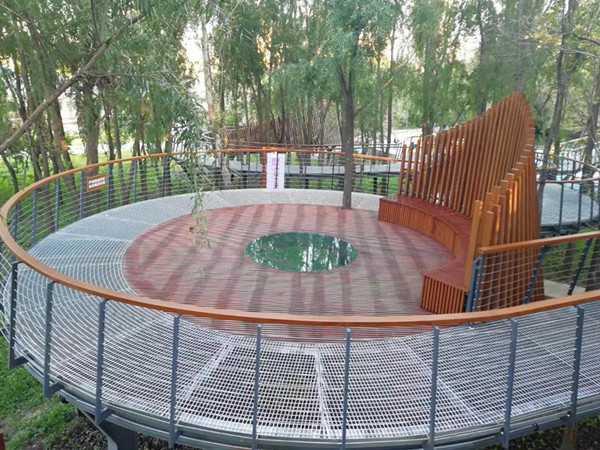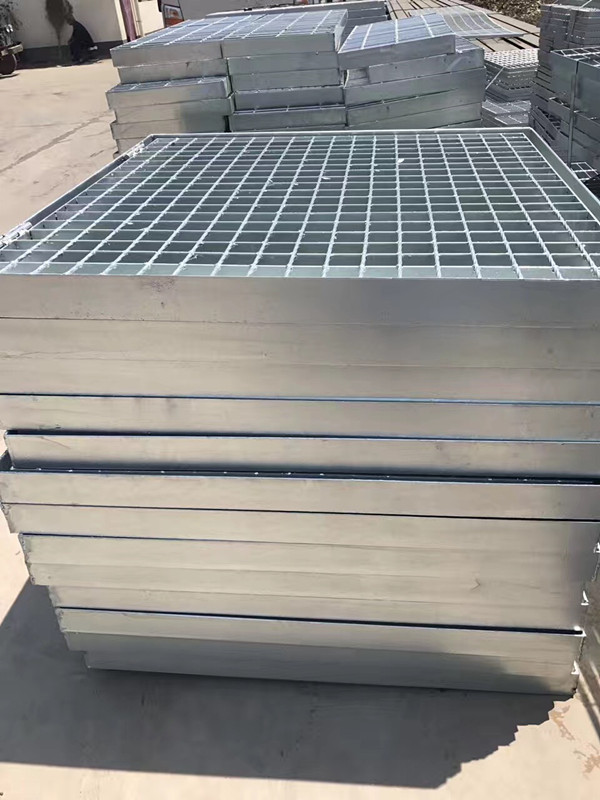 |
Beijing March 10 news, foreign media reports, quasicrystals have teased and attracted scientists for up to 30 years, and now this strange material group has a weird new member: two formed by self-assembling organic molecules Alignment crystal. This peculiar quasicrystal is flat and consists of a single layer of five-sided ring molecules. This molecule forms groups within this layer as if the weak hydrogen bonds would connect to each other. The peculiar assembly of this molecule group results in the formation of a variety of other molecules in this layer, including pentagons, stars, boats, and diamonds. If this is a regular ancient crystal, then you may see these groups and shapes appear repeatedly in each layer in a predictable way. However, in quasi-crystals, you can see the same shape repeatedly in the same layer, but it is not in an organized form.
The scientists said that the key to distinguish these quasi-crystals from other crystals is their organic materials and self-assembling parts. “It's significantly different from other crystals,†said Alex Kandel, a physical chemist at the University of Notre Dame in the United States. His laboratory accidentally discovered the material and published the discovery. In the journal Nature. Most of the previously known quasicrystals are metallic and are strongly linked by strong ionic bonds rather than weak hydrogen bonds. Hydrogen bonds are often found in complex organic molecules such as DNA.
As its name suggests, the structure of the quasi-crystal is partially disordered in the crystal. In other words, it is between the structure of the repeating symmetrical unit and the completely disordered construction unit structure. Atomic units are locally symmetrical, but they are not regularly repeated over a wide range. Because of these arrangements, quasi-crystals are very smooth and are used for things like non-stick pans.
The first type of quasi-crystal was unexpectedly synthesized by the materials scientist Daniel Schechtman in the laboratory in 1982 and he won the 2011 Nobel Prize. Before that, scientists believed that semi-tissue quasi-crystal structure was impossible. Until now we know that the truth is the opposite. Quasicrystals can be synthesized not only in the laboratory but also in the natural world. In 2012, Paul Steinhardt, a physicist at Princeton University in the United States, showed that the quasi-crystals found in eastern Russia came from the meteorite that fell into the area.
Kandel's team unexpectedly discovered quasicrystals when they actually wanted to study how electrons were distributed in ferrocene formate, which is also the precursor to quasicrystals. In order to conduct such an experiment, the research team needed to establish a stable linear molecular group. However, scientists have attempted to create a two-dimensional quasi-crystal by accident.
"The first picture really surprised us," said Kandel. "Of course, generating two-dimensional quasi-crystals is not easy, which is why we have seen very limited reports on quasi-crystals. It has been more than thirty years since we discovered the first approved crystal material."
Wolf Widdra of Martin Luther University in Germany was skeptical of this latest research. He created the first 2D quasicrystal and reported the discovery in October 2013. He does not think there is enough evidence to prove that the quasicrystal structure can appear in a large enough area.
Many scientists also expressed disagreement about the meaning of self-assembly. Vedra thinks this term can be applied to all quasi-crystal structures, not just to the newly discovered ones. Kandel argued that the structure made up of strong chemical bonds - just like other quasi-crystals - is not actually self-assembling. These powerful chemical bonds “overwhelm†the combined forces of individual building blocks, leaving the material with no choice but to form the organization. In this new quasi-crystal, these building blocks are held together by weak hydrogen bonds. "Self-assembly is very interesting because the forces that drive the organization are far weaker than the forces formed by a single structure," said Candel.
The steel grating be welded to products . Normally, hot galvanizing will be carried out after end welding process. The range PH6 to PH12.5, a stable protective film will be formed on the zinc surface, the hot dipped galvanized steel grating has good anti-corrosive property. Of course, the steel grating also have other surface treatment, for example painted and powder coated .
Steel grating can be cutting to different kinds of shape as per your special needs.
Steel grating including flat grating, 'I' shape grating, serrated grating.
In generally , the steel grating be used as stair tread, platform, fence, trench cover, ceiling, etc.
The advantage of steel grating :
firm welding
smooth surface
high strength


Steel Grating
Steel Grating,Stainless Steel Grating,Galvanized Steel Grating,Hot Dipped Galvanized Steel Grating
ANPING COUNTY SHANGCHEN WIREMESH PRODUCTS CO.,LTD , https://www.scfiltermesh.com